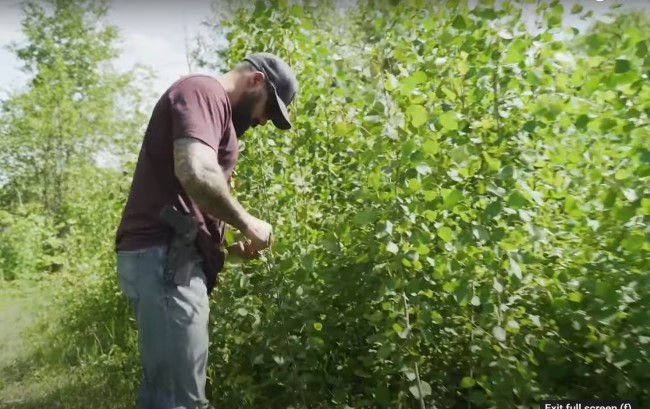Hunting
Want a Better Hunt This Fall? Hug a Tree
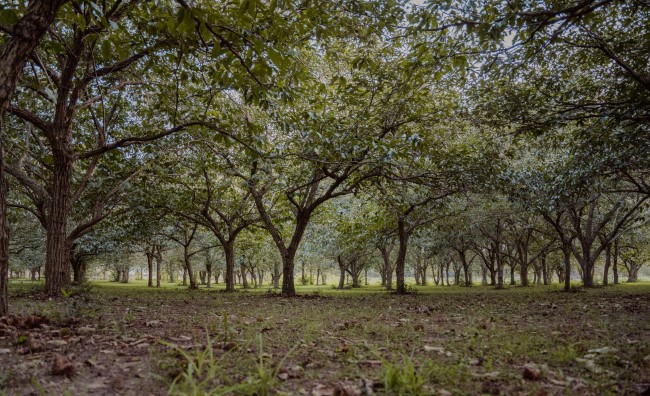
Whaddaya know, natural shooting lanes!
As you sow, so shall you reap.
Creating an attractive food plot to bring deer and other wildlife in to your hunting spot is something of a “long-haul” job, but if you have some acreage that you plan to hunt, you can maximize your opportunities while feeding and supporting your local ecosystem. While most folks think of spring as planting season, fall is a better time to establish your mast orchards. Here’s why.
As the days grow shorter, trees go through a transition. Growth slows down; they shed their leaves and then enter a state of partial dormancy. However, they will continue to grow roots until the ground freezes. This is especially true for and important to young, newly planted trees as it gives them a chance to become acclimated to their environment before the stress of the spring growing season. It also gives them the ability to start stronger the following spring.
Moisture availability is also important as it is a vital component for early growth. Most folks think of April showers when it comes to natural moisture, but many areas typically receive more rain in the fall. And because growth is slower, trees require less water.
There is yet another advantage to fall planting, especially for those who travel some distance to their preferred hunting haunts. You can slip in an early morning hunt, spend the middle of the day planting, then sneak back out in the afternoon. A little early autumn effort will make the rest of this season and all of the next one more relaxed and enjoyable.
Where to Plant
Much goes into deciding where to plant. If you want maximum mast production, you need to consider where the best location on your property is for each species. In most cases, it’s best to avoid shady areas, rocky or sandy ground with poor soil moisture or low-lying areas where frost pockets may form. Instead, seek higher areas where cold air drains off, more open spaces with less competition, and south-facing slopes that receive more direct sunlight. Also, bear in mind that variation in elevation, site location, directional orientation, and proximity to bodies of water can create local variations in temperature or micro-climates. And don’t forget to consider how your mast orchards can work in concert with other features on the land like food plots, travel corridors, and bedding cover.
How to Plant
After planning comes planting, you want to reap the maximum benefit from your efforts, so sow appropriately, ensuring your plants get the proper amounts of sunlight, moisture, fertilizer, and a healthy dose of dirt wisdom. Spacing is critical, and 35-40 feet apart may seem like a lot now but will ensure your trees aren’t competing for sunlight, soil moisture, and nutrients, now and in the future.
Now it’s time to get dirty. You’ll be planting potted stock in the fall, so dig a hole two times wider than the pot but no deeper than the root ball. This allows roots to grow outward without crowding and prevents re-filling too deeply around the tree base, which could cause girdling. In most cases, you’ll be re-filling with native soil you remove while digging. However, if the soil is exceptionally dry, adding a little peat moss will help the fill retain more moisture. As you back-fill, firm the soil by packing or stomping to remove air pockets. You’ll want the soil around the trunk to be relatively flat and level, but you can also create a water-holding basin around the hole.
Next, the recipe calls for adding a little water, slowly and at the drip line. When that’s done, and the water has soaked in, spread a protective layer of mulch 2- 4″ deep around the trunk, pulling it a few inches away from the trunk. This will help hold moisture and reduce weed growth.
The folks at Chestnut Hill Outdoors also recommend Grow Tubes. They act as mini-greenhouses, recycling moisture from leaf transpiration to nurture the growth of young seedlings until the tree is big enough to survive on its own. They also protect against deer, rodent and rabbit browsing and provide a barrier against herbicide drift if the herbicide is used to control weeds. Or, you can use weed mats. It’s also a good idea to attach a stake to your grow tubes to keep the tree stable during its first season.
That’s about all there is to it. If you’ve planned and planted properly, your property should be productive in perpetuity. Over time, your trees may require a little maintenance, but we’ll save that for another time. Meanwhile, step back, appreciate what you’ve accomplished, and imagine what it will look like next year, and the year after, and the year after…if you’d like more tips, or to price out some trees, check out Chestnut Hill Outdoors!
-
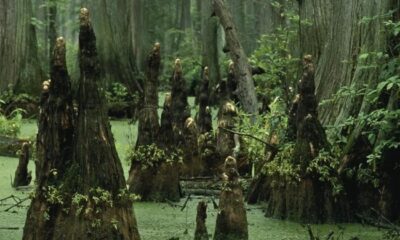
 Hunting2 months ago
Hunting2 months agoDrain the Swamp: Corruption Scandal at Washington State’s Fish & Wildlife
-
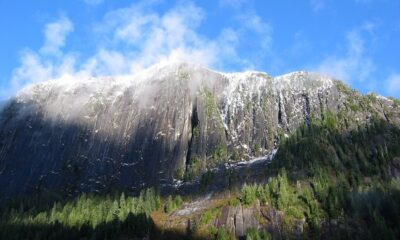
 Adventure3 weeks ago
Adventure3 weeks agoDoes the “Big Beautiful Bill” Have a Public-Lands Wart?
-
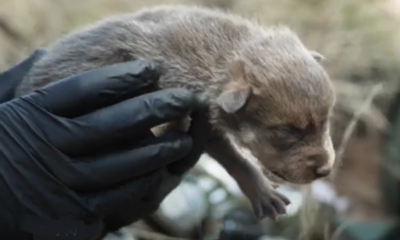
 Adventure1 month ago
Adventure1 month agoHowling in Cuckoo: How Mexican Wolves are Fostered
-

 Gear7 days ago
Gear7 days agoLet Freedom RING! Primary Arms’ Independence Day Category Sale Starts NOW
-

 Adventure2 months ago
Adventure2 months agoGoing Rodeo! BANISH Named the Professional Rodeo Cowboys’ Official Suppressor
-

 Adventure2 weeks ago
Adventure2 weeks agoU.S. Bighorn Sheep Going Home to Canada
-
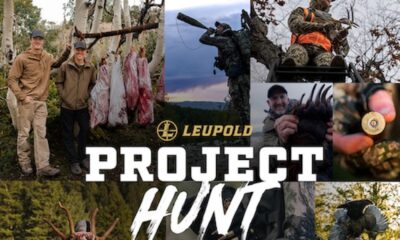
 Adventure4 weeks ago
Adventure4 weeks agoYour Dream Hunt Could Be a Movie & Leupold Can Help

